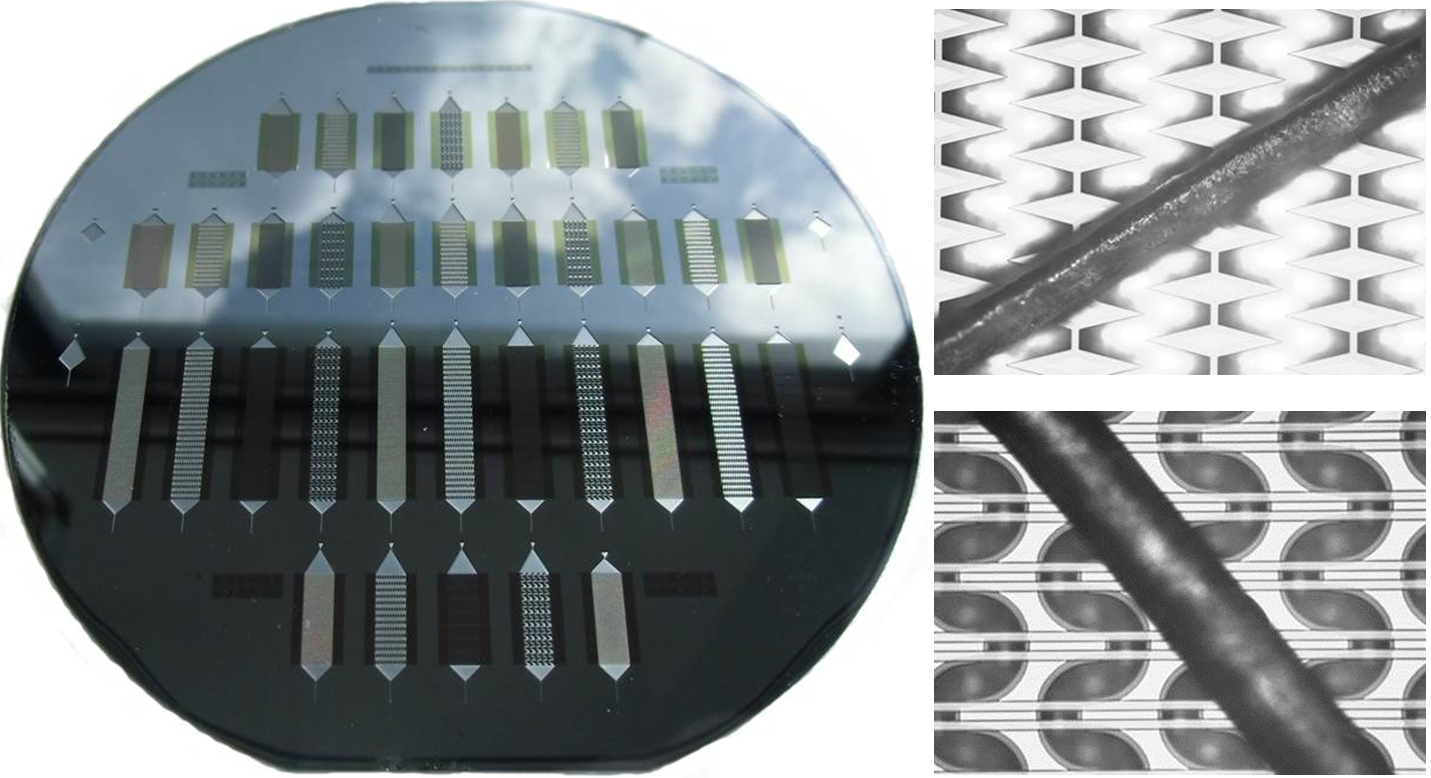Propulsion
Without a dedicated propulsion system, nano-satellite platforms can never totally realize the potential of replacing their larger counterparts, imposing a limit on the exponential growth that CubeSats launches have shown in recent years. Propulsive capabilities would enable them to engage in a wider range of missions such as those characterized by many satellites flying in formation or in a constellation, possibly even in very low-altitude orbits. The strict mass, volume, and power limitations typically imposed by nano-satellite requirements need unique micro-technologies to help develop a compliant propulsion system. Micro-ElectroMechanical Systems (MEMS) at a micro-scale size and high level integration are very good examples of suitable technologies for this class of satellites.
Furthermore, in the aerospace industry there is currently a growing interest in green, non-toxic propellants. Unfortunately, especially when chemical propulsion concepts are considered, a large portion of the good-performance propellants are apt to be a very active chemical, and most of them are corrosive, flammable, and/or toxic. An alternative is to use electro-thermal propulsion, which allows good performance but also the use of “green” propellants. One of the most typical “green” propellant choices is the use of an inert gas. However, this leads to large storage tanks or, alternatively, to excessively high tank pressures. Ice or liquid water are other potentially promising green propellants, due to their high mass density and low molecular mass.
The Section of Space Systems Engineering is well known for its work on the design, development and launch of educational nano-satellites. The study and development of micro-propulsion systems for this class of small satellites is one of the most important short to medium term objectives in our current roadmap. We are presently researching two types of water-propelled micro-resistojets, mostly based on MEMS technologies: a low-pressure free molecular concept, and a more conventional one based on vaporization of liquid water. Both these concepts offer several advantages, including: high integration capability, small volume, light mass, fast response, high thrust-mass ratio, high reliability, and easy applicability to a thruster array. They offer very similar performance but, at the same time, they are complementary to each other in terms of operational conditions (in particular, the allowed propellant storage temperature and pressure). The MEMS components of these thrusters are manufactured through a collaboration with TU Delft’s Else Kooi Laboratory, taking advantage of the wide expertise of this partner in advanced MEMS systems research.

-
- Green Micro-Resistojet Research at Delft University of Technology: New Options for Cubesat Propulsion
- Analysis of Non-Isothermal Rarefied Gas Flow in Diverging Microchannels for Low Pressure Micro-Resistojets
- Conceptual Design of a Low-Pressure Micro-Resistojet Based on a Sublimating Solid Propellant
Contact

Dr. B.V.S. (Botchu) Jyoti
Lecturer
✉ B.V.S.Jyoti@tudelft.nl